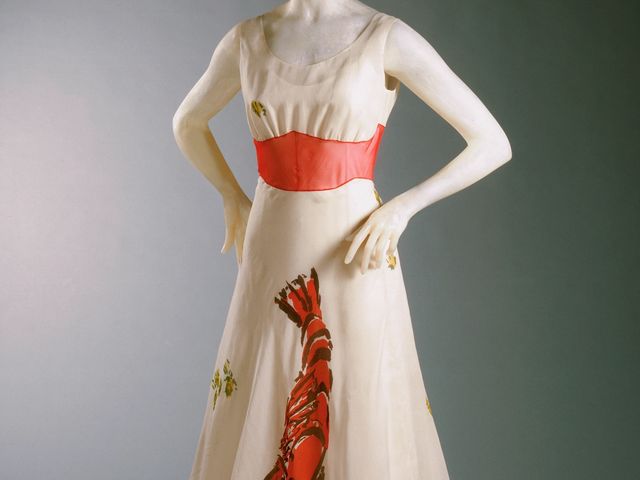(French (born Italy), 1890–1973)
The Paris designer Elsa Schiaparelli changed the face of fashion with clothes created for the modern woman. From her trompe l'oeil sweaters in the late 1920s to her collaborations in the 1930s with avant-garde artists such as Salvador Dalí and Jean Cocteau, the Italian-born Schiaparelli utilized the subversive goals of Surrealism to imbue sophisticated high fashion with surprising playfulness and reverence. Writing in The New Yorker in 1932, Janet Flanner observed that “a frock from Schiaparelli ranks like a modern canvas,” and the designer herself defined dressmaking as an art rather than a profession.
Acknowledged by her contemporaries as the style arbiter of the 1930s, Schiaparelli’s creations mirrored the social, political, and cultural climate of her times. A favorite designer of women who made the best-dressed list, female sports heroes, and film and theater actresses, Schiaparelli also had a special relationship with the American fashion industry, thanks to the sale of a trompe l'oeil sweater to an American buyer in 1927.
The Philadelphia Museum of Art’s extensive collection of garments by Schiaparelli includes seventy-one original models the designer gave the museum in 1969, many of which are iconic works and garments from her personal wardrobe. Her approach to fashion continues to provide inspiration for designers today.










